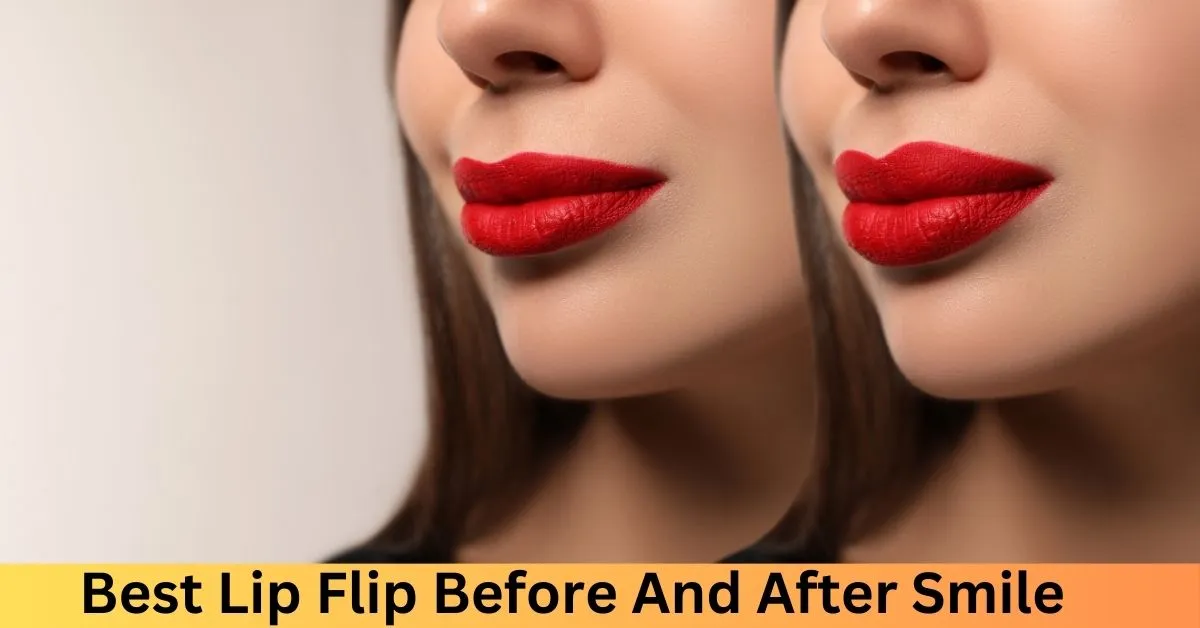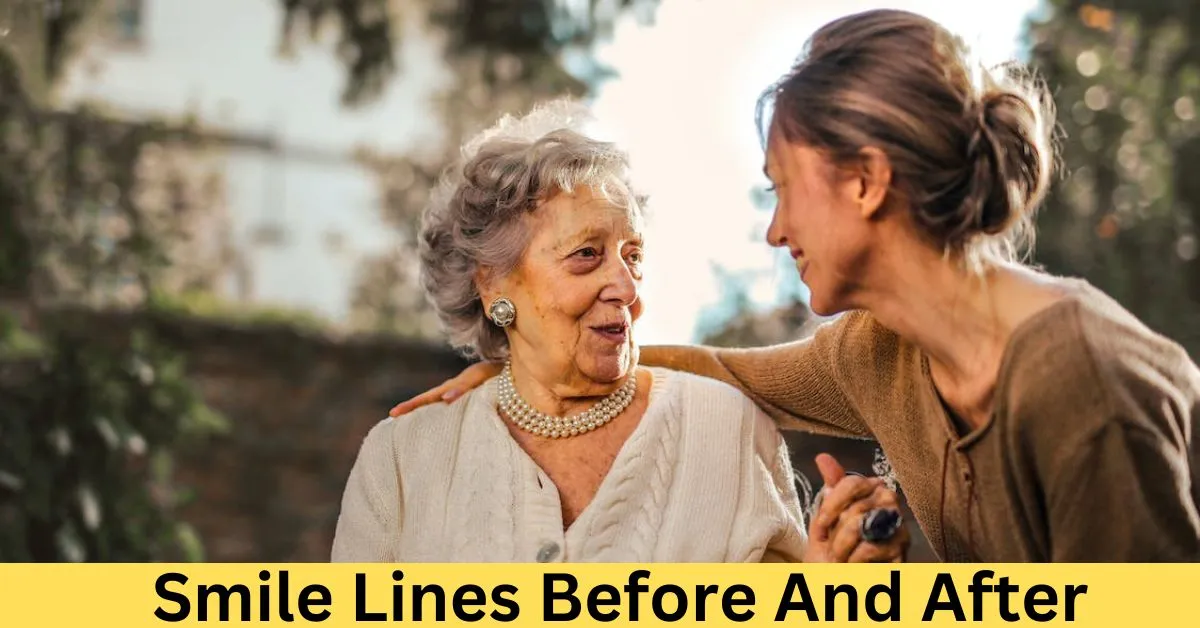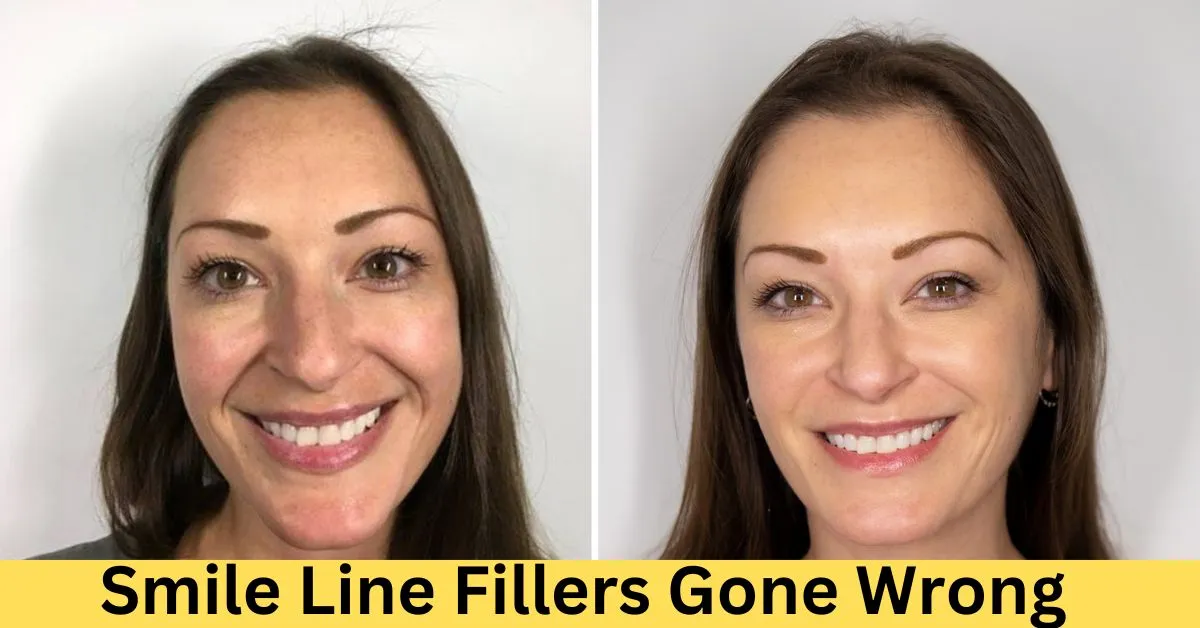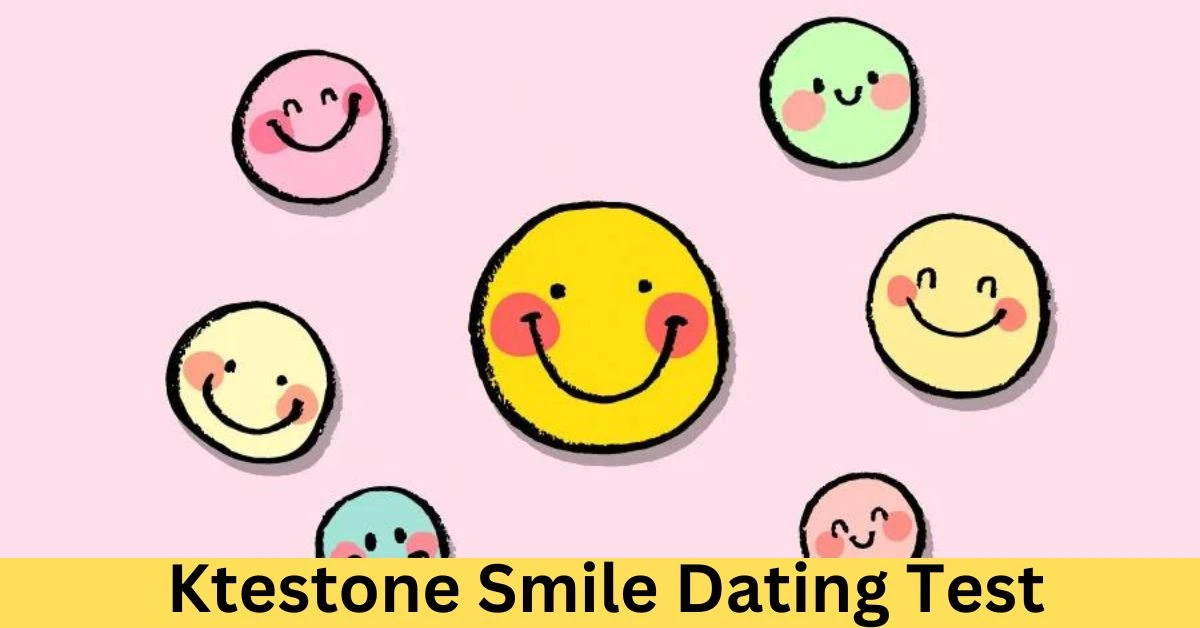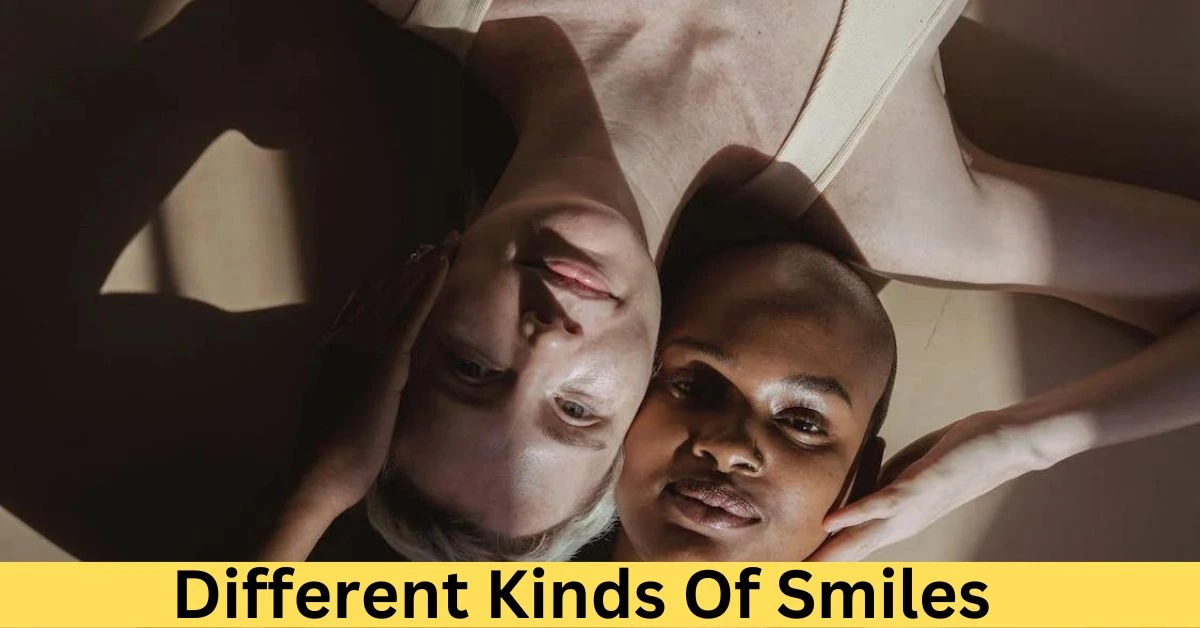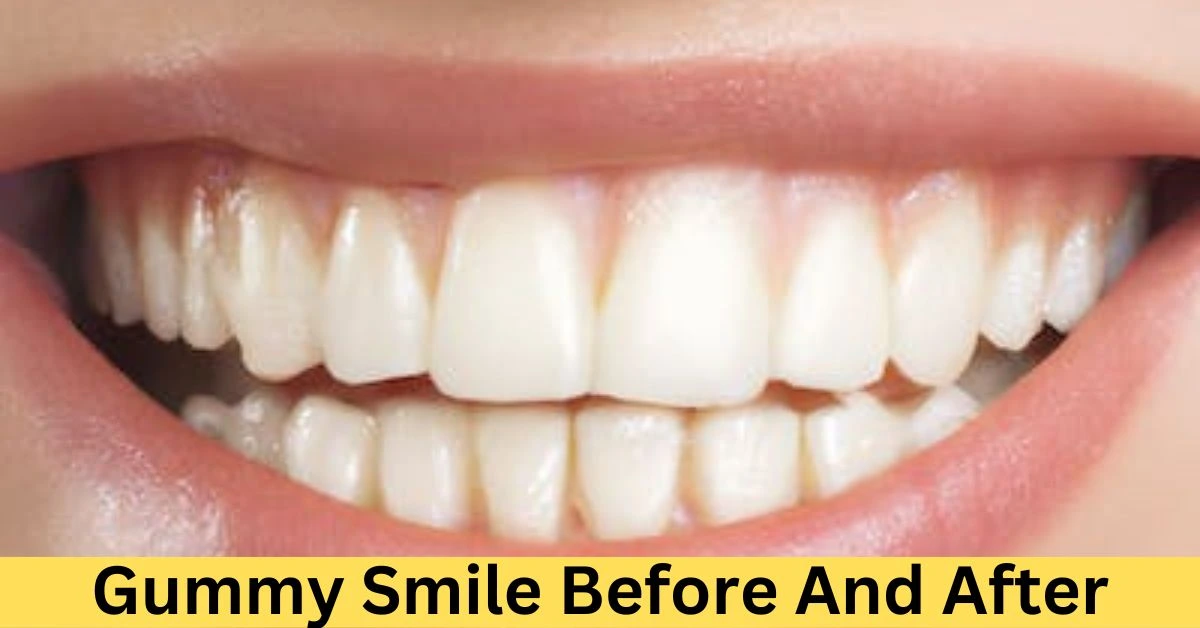Invisalign and Smile Direct Club are both popular options for clear aligner teeth straightening, but they have some key differences. Here’s a breakdown to help you decide which one might be right for you:
Invisalign
- Treatment process: Invisalign treatment is overseen by a dentist or orthodontist, who will take impressions of your teeth, create a treatment plan, and monitor your progress throughout the process. You’ll typically visit your dentist or orthodontist every 4-6 weeks for checkups and to receive new aligner sets.
- Suitability: Invisalign is suitable for a wider range of cases, from mild to complex misalignments, including bite issues and crowded teeth.
- Cost: Invisalign is typically more expensive than Smile Direct Club, with costs ranging from $3,000 to $8,000.
- Pros: Close supervision by a dental professional, more likely to achieve desired results, can address more complex cases.
- Cons: More expensive, requires more in-person visits.
Smile Direct Club
- Treatment process: Smile Direct Club is a teledentistry company that sells clear aligners directly to consumers. You’ll take impressions of your teeth at home using a mold kit, and then send them to Smile Direct Club for evaluation. If you’re approved for treatment, you’ll receive a series of aligner sets in the mail. You’ll need to wear each aligner set for 22 hours a day for the prescribed amount of time, and you’ll check in with Smile Direct Club virtually through their app every 90 days.
- Suitability: Smile Direct Club is only suitable for mild to moderate cases of misalignment, such as minor crowding or spacing issues.
- Cost: Smile Direct Club is typically less expensive than Invisalign, with costs ranging from $1,800 to $2,500.
- Pros: More affordable, convenient at-home treatment.
- Cons: No direct supervision by a dental professional, not suitable for complex cases, higher risk of complications.
The best choice for you will depend on your individual needs and budget. If you have mild to moderate misalignment and are comfortable with an at-home treatment plan, Smile Direct Club may be a good option. However, if you have more complex misalignment or want the close supervision of a dental professional, Invisalign is likely the better choice.
Here are some additional factors to consider:
- Your dental health: If you have any underlying dental conditions, such as gum disease or tooth decay, you’ll need to see a dentist before starting any teeth-straightening treatment.
- Your comfort level: Some people find the idea of visiting the dentist regularly for checkups to be more reassuring, while others prefer the convenience of at-home treatment.
- Your budget: Invisalign is typically more expensive than Smile Direct Club, but you may be able to find financing options to help make it more affordable.
I hope this information helps you make an informed decision about which teeth-straightening option is right for you.
Contents
Is smiling directly as good as Invisalign?
Whether “smiling directly” (presumably referring to Smile Direct Club) is “as good as” Invisalign depends on various factors and your individual needs. Here’s a breakdown to help you decide:
Suitability:
- Invisalign: This can address a wider range of cases, including complex misalignments, bite issues, and crowded teeth.
- Smile Direct Club: Only suitable for mild to moderate cases of misalignment, like minor crowding or spacing issues.
Treatment process:
- Invisalign: Supervised by dental professionals, involves in-person checkups and adjustments throughout the process.
- Smile Direct Club: At-home treatment, no direct supervision, relies on self-monitoring and virtual check-ins.
Cost:
- Invisalign: More expensive, typically ranging from $3,000 to $8,000.
- Smile Direct Club: More affordable, usually between $1,800 and $2,500.
Potential downsides:
- Smile Direct Club:
- Higher risk of complications due to lack of professional supervision.
- Not suitable for complex cases, potentially leading to uneven results or worsening existing issues.
- Limited ability to address bite problems.
- Invisalign:
- More expensive.
- Requires regular in-person appointments, which can be inconvenient.
In conclusion:
Smiling Directly (Smile Direct Club) might be sufficient for minor alignment issues. However, if you have:
- Moderate to complex misalignment
- Bite problems
- Concerns about potential complications
- The desire for professional monitoring and adjustments
Invisalign is likely the better choice despite its higher cost and requirement for in-person visits. Remember, consulting a dentist or orthodontist is crucial to assess your specific needs and determine the most suitable treatment option for you.
Additional factors to consider:
- Your dental health: Any underlying conditions require professional evaluation before treatment.
- Your comfort level: Do you prefer regular dental visits or at-home convenience?
- Your budget: Explore financing options if cost is a concern.
By carefully considering these factors and seeking professional advice, you can make an informed decision about achieving your desired smile.
Is Invisalign cheaper than Smile Direct?
Invisalign is generally not cheaper than Smile Direct Club. Here’s a breakdown of the cost differences:
- Invisalign: Typically ranges from $3,000 to $8,000.
- Smile Direct Club: Usually falls between $1,800 and $2,500.
So, Smile Direct Club can be significantly cheaper than Invisalign, sometimes even up to 60% less expensive.
However, it’s important to remember that cost isn’t the only factor to consider. Here are some other things to keep in mind:
- Treatment process: Invisalign involves regular in-person checkups and adjustments with a dental professional, while Smile Direct Club is an at-home treatment with limited professional supervision.
- Suitability: Invisalign tackles a wider range of cases, including complex misalignments and bite issues, while Smile Direct Club is mainly suitable for mild to moderate cases.
- Potential downsides: Smile Direct Club carries a higher risk of complications due to the lack of professional oversight, and may not be effective for complex cases, potentially leading to uneven results or worsening existing issues.
The “better” option depends on your individual needs and priorities. If you have:
- Minor alignment issues
- Budgetary concerns
- Are comfortable with an at-home approach
Smile Direct Club might be a viable choice. However, if you have:
- Moderate to complex misalignment
- Bite problems
- Concerns about potential complications
- The desire for professional monitoring and guidance
Invisalign, despite its higher cost, might be the more appropriate option in the long run.
Remember, it’s always best to consult a dentist or orthodontist to assess your specific needs and determine the most suitable treatment for you. They can consider factors like your dental health, desired outcome, and budget to provide personalized advice.
Why is Invisalign more expensive than Smile Direct?
Invisalign’s higher cost compared to Smile Direct Club boils down to several key factors:
Professional Supervision:
- Invisalign: Treatment is overseen by dentists or orthodontists, requiring their expertise and experience in creating personalized treatment plans, monitoring progress, and making adjustments throughout the process. This involves regular in-person appointments, which incur costs for the practice’s time and expertise.
- Smile Direct Club: It’s a teledentistry model with remote supervision. While dentists and orthodontists are involved in the initial assessment and aligner production, there’s limited direct interaction throughout treatment. This eliminates the cost of regular appointments but may raise concerns about potential complications without close monitoring.
Treatment Complexity:
- Invisalign: This can address a wider range of cases, including complex misalignments, bite issues, and crowded teeth. This often requires more intricate aligner designs and adjustments, demanding greater expertise and time from dental professionals, contributing to the overall cost.
- Smile Direct Club: Primarily focuses on mild to moderate alignment issues. Treatment is standardized with less customization, making it simpler but limiting its effectiveness for complex cases.
Technology and Materials:
- Invisalign: Often uses patented materials and cutting-edge technology in aligner design and production, potentially contributing to higher manufacturing costs. Additionally, ongoing research and development to improve Invisalign aligners add to the overall expense.
- Smile Direct Club: May utilize more generic materials and streamlined production processes to keep costs lower. However, this might make the aligners less effective for complex cases.
Other factors:
- Marketing and Advertising: Invisalign invests heavily in marketing and advertising its brand and expertise, adding to its overall cost structure.
- Profit Margins: Both companies aim to make a profit, and the way they price their services may differ based on their internal strategies and target markets.
Remember: Cost shouldn’t be the sole deciding factor. Consider your specific needs, dental health, and risk tolerance when choosing between Invisalign and Smile Direct Club. Consulting a dentist or orthodontist for personalized advice is crucial before making a decision.
What are the cons of smiling directly?
“Smiling directly” likely refers to Smile Direct Club (SDC), an at-home teeth straightening company. While it offers affordability and convenience, compared to Invisalign, there are several important cons to consider:
Lack of direct professional supervision:
- Increased risk of complications: Without regular checkups and adjustments by a dentist or orthodontist, issues like uneven tooth movement, bite problems, or root damage can go unnoticed and worsen.
- Limited ability to address complex cases: SDC primarily targets mild to moderate misalignments. Complex cases requiring significant adjustments or bite correction are unsuitable for SDC’s treatment plan.
- Potential for inaccurate diagnosis and treatment: Initial assessment based on self-impressions might not be as accurate as a professional dental examination, potentially leading to ineffective or even harmful treatment.
Treatment limitations:
- Standardized aligners: Unlike Invisalign’s customized aligners, SDC offers a more generic approach, potentially leading to less precise tooth movement and less predictable results.
- Limited aligner adjustments: SDC treatment plans come with a fixed number of aligner sets, and adjustments for unforeseen issues or complications might be limited or unavailable.
- No bite correction: SDC aligners primarily focus on teeth alignment and cannot address underlying bite problems, which require professional intervention.
Other potential downsides:
- Customer service concerns: There have been reports of difficulties reaching SDC customer service for support or addressing concerns during treatment.
- Refund policy limitations: Refunds might not be readily available or have strict conditions, especially after treatment starts.
- Potential legal issues: SDC has faced lawsuits regarding its treatment effectiveness and marketing practices, raising concerns about its overall transparency and reliability.
Remember: Smile Direct Club can be a suitable option for individuals with mild misalignments who prioritize affordability and convenience. However, consulting a dentist or orthodontist is crucial to assess your specific needs and determine if SDC aligns with your dental health and desired outcome.
The potential risks and limitations of SDC necessitate careful consideration before deciding to “smile directly.” Seeking professional dental advice beforehand can help you make an informed decision about your teeth straightening journey.
Why not use a smile directly?
There are several reasons why someone might choose not to use SmileDirectClub (SDC) for teeth straightening, even though it offers a more affordable and convenient alternative to traditional options like Invisalign. Here are some of the key considerations:
Lack of direct professional supervision:
- Increased risk of complications: Without regular checkups and adjustments by a dentist or orthodontist, issues like uneven tooth movement, bite problems, or root damage can go unnoticed and worsen. This could lead to longer and more expensive treatment later on.
- Limited ability to address complex cases: SDC primarily targets mild to moderate misalignments. If you have complex teeth alignment issues, bite problems, or underlying dental health concerns, SDC might not be suitable, and professional supervision is crucial.
- Potential for inaccurate diagnosis and treatment: The initial assessment at SDC is based on self-impressions, which might not be as accurate as a professional dental examination. This could lead to an inappropriate treatment plan and potentially harmful consequences.
Treatment limitations:
- Standardized aligners: SDC offers a more generic approach with pre-fabricated aligners, which may not be as effective in achieving precise tooth movement and optimal results as customized aligners from a dentist or orthodontist.
- Limited aligner adjustments: With SDC, you get a fixed number of aligner sets. If unforeseen issues arise or adjustments are needed, your options might be limited.
- No bite correction: SDC aligners primarily focus on teeth alignment and cannot address underlying bite problems, which require professional intervention and customized treatment.
Other potential downsides:
- Customer service concerns: Some users have reported difficulties reaching SDC customer service for support or addressing concerns during treatment.
- Refund policy limitations: Refunds might not be readily available or have strict conditions, especially after treatment starts.
- Potential legal issues: SDC has faced lawsuits regarding its treatment effectiveness and marketing practices, raising concerns about its overall transparency and reliability.
Alternatives to consider:
- Traditional orthodontics: Consulting a dentist or orthodontist allows for a personalized treatment plan, professional supervision, and the ability to address complex cases and bite issues. While more expensive, it might be a safer and more effective option for some individuals.
- Other direct-to-consumer aligner companies: Other companies like Invisalign Express offer similar at-home treatment with more professional involvement and potentially more comprehensive aligner options.
The decision of whether or not to use SmileDirectClub depends on your individual needs, priorities, and risk tolerance. Carefully consider the potential drawbacks and limitations alongside the convenience and affordability benefits before making a decision. Consulting a dentist or orthodontist for personalized advice and exploring alternative options is highly recommended to ensure you choose the best course of action for your specific situation.
Is anything better than Invisalign?
Whether “anything” is better than Invisalign depends entirely on your individual needs and priorities. Invisalign is a popular brand, but “better” is subjective and depends on what you value most. Here’s a breakdown to help you compare:
Pros of Invisalign:
- Professional supervision: Dentists or orthodontists oversee your treatment, providing adjustments and monitoring progress.
- Highly customized: Aligners are tailored for your specific teeth, allowing for precise movement and potentially better results.
- Suitable for complex cases: Can address various issues, including bite problems, crowded teeth, and severe misalignments.
- Established track record: Invisalign has a long history and proven effectiveness.
Cons of Invisalign:
- Cost: Typically more expensive than at-home aligner options.
- Convenience: Requires regular in-person appointments, which can be time-consuming.
- Limited availability: Not all dentists offer Invisalign treatment.
Alternatives to Invisalign:
- Other aligner brands: Several brands offer at-home or in-office aligner treatment, like SmileDirectClub, Byte, and ClearCorrect. They might be more affordable or convenient than Invisalign, but may not offer the same level of customization or professional supervision.
- Traditional braces: While less aesthetically pleasing, traditional braces can be more effective for complex cases and offer precise control over tooth movement.
Choosing the best option:
- Consult a dentist or orthodontist: They can assess your needs, recommend suitable options, and discuss the pros and cons of each based on your specific situation.
- Consider your budget: Invisalign is typically more expensive, but cheaper alternatives might have limitations.
- Think about convenience: At-home options offer convenience, but in-office treatment provides direct professional supervision.
- The severity of your case: Complex cases often require the expertise and customization of Invisalign or traditional braces.
Remember: The “best” option is the one that aligns with your needs, budget, and preferences. Consulting a dental professional is crucial to ensure you get the right treatment for your smile.
Which one is better braces or Invisalign?
Deciding between braces and Invisalign comes down to individual needs and priorities. Both options effectively straighten teeth, but each has its advantages and disadvantages:
Braces:
Pros:
- Highly effective: Braces can handle complex cases, including severe misalignments and bite issues, more effectively than Invisalign.
- Precise control: Brackets and wires allow for fine-tuned adjustments, leading to more predictable results.
- Durable: Metal or ceramic brackets are generally more durable than plastic aligners.
- Lower cost: Braces can be cheaper than Invisalign, especially for complex cases.
Cons:
- Less comfortable: Braces can irritate gums and cheeks, and require adjustments that may cause temporary discomfort.
- Visible: Traditional metal braces are noticeable, though ceramic options are less so.
- Hygiene challenges: Brushing and flossing around brackets can be more difficult, increasing the risk of cavities.
- Diet restrictions: Certain hard or sticky foods can damage brackets or wires, requiring adjustments.
Invisalign:
Pros:
- Discreet: Clear aligners are nearly invisible, making them a more aesthetically pleasing option.
- Comfortable: Aligners are smooth and generally more comfortable than braces.
- Removable: You can take them out for eating and brushing, improving oral hygiene.
- Fewer dietary restrictions: You can eat most foods with Invisalign, as long as you remove the aligners first.
Cons:
- Less effective: May not be suitable for complex cases or severe misalignments.
- Compliance required: You need to wear the aligners for 20-22 hours daily for optimal results.
- Higher cost: Invisalign is typically more expensive than traditional braces.
- Potential for lost or damaged aligners: Replacing lost aligners can incur additional costs.
Choosing the best option:
- Consult a dentist or orthodontist: They can assess your specific needs and recommend the best option based on your situation.
- Consider your budget: Braces can be cheaper, but complex cases might require more adjustments, making the cost comparable to Invisalign.
- Think about comfort and aesthetics: If discretion and comfort are paramount, Invisalign might be preferable. For complex cases or a higher level of control, braces could be a better choice.
- Lifestyle and compliance: If you have difficulty maintaining a consistent wear schedule, braces might be a better fit.
Remember, the “better” option depends on your unique circumstances. A dental professional can guide you through the decision-making process and ensure you choose the treatment that best aligns with your needs and goals.

